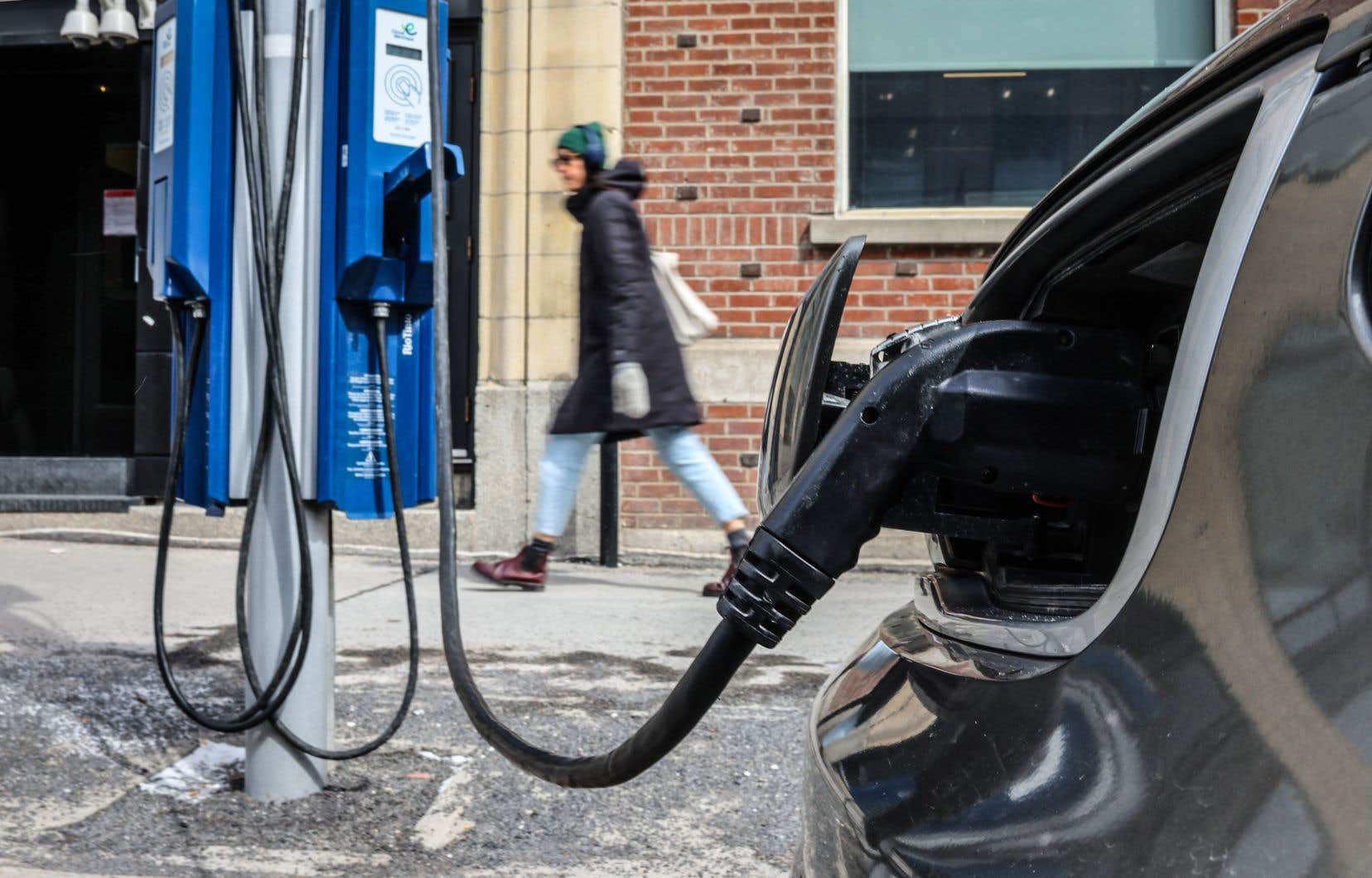Canadian automakers sold more electric vehicles this year than ever before, but they would still need to nearly double that figure within three years to fulfill a new national mandate.
On Tuesday, Environment Minister Steven Guilbeault is expected to unveil the final rules of the Canadian Environmental Protection Act, which will establish Canada’s first-ever national regulatory mandate for electric vehicles.
Mr. Guilbeault set the objectives a year ago, requiring that by 2026, 20% of passenger vehicles sold be zero-emission vehicles (ZEV).
This share must increase each year, reaching 60% in 2030 and 100% in 2035.
Final regulations are expected to be published by the end of the week, following extensive consultation and feedback from the public, as well as industry and environmental stakeholders.
Data released last week by Statistics Canada shows that in the first nine months of 2023, 132,783 new battery electric or plug-in hybrid vehicles were registered across the country, representing 10.3% of total new registrations.
This is about half the amount needed in 2026 to achieve the first goal. This is nevertheless a record number and has been growing steadily since 2020.
In the first nine months of last year, 90,163 cars, trucks, vans and sport utility vehicles (SUVs) were zero-emission vehicles, or 7.7% of vehicle registrations. This represents an increase from 5% in 2021 and 3.3% in 2020.
The mandate will apply to manufacturers, not dealers, who will have to demonstrate that a minimum percentage of the vehicles they import or offer for sale in Canada represent ZEVs.
If they earn more credits than they need, they can bank them for future years or sell them to manufacturers who are short on them. They can also fill part of the gap by investing in charging infrastructure.
The draft regulations suggested that each fully electric vehicle would receive a credit, while plug-in hybrids, also called PHEVs, would receive a credit based on their range.
Only those with a battery range of more than 50 miles will receive a full credit. Those with a range between 50 and 79 kilometers will receive 0.75 credits and those between 16 and 49 kilometers, only 0.15 credits.
After 2026, a PHEV with a range of less than 50 kilometers would no longer receive anything, while after 2028, only PHEVs with a range of more than 80 kilometers would be eligible for a credit.
Plug-in hybrids may also represent only part of a manufacturer’s compliance list, with a maximum of 45% of earned credits coming from PHEVs in 2026. In 2027, this maximum will drop to 30% in 2027 and after 2028 , it will be 20%.
A challenge in rural areas
Environment Canada has said it believes PHEVs, which automatically switch to a gasoline engine when the battery charge is depleted, will be needed in rural and remote communities for longer. This is partly due to the lack of charging infrastructure.
While around 80% of ZEV drivers charge their vehicles exclusively at home for city driving, the same cannot be said for those living in rural and remote areas, where the number of kilometers driven per day is often much higher, requiring more frequent recharges.
Joanna Kyriazis, director of public affairs at Clean Energy Canada, a research institute at Simon Fraser University in British Columbia, said most all-electric vehicles now have a range of more than 450 kilometers and companies are finding ways to constantly expand it.
The government wants to have a mandate to force automakers to make more electric vehicles available in Canada. Mme Kyriazis said she believes this will happen and that it will force companies to start making vehicles more affordable.
Mme Kyriazis said the institute’s recent analysis shows that even with a higher purchase price, this cost difference is offset within a year thanks to savings from using electricity instead of l. fuel, as well as lower maintenance costs. For example, electric vehicles do not require regular oil changes.
The Canadian Vehicle Manufacturers’ Association says the government needs to increase the amount of rebates offered for the purchase of electric vehicles to offset the additional cost of purchasing an electric vehicle over a gasoline model.
The organization also said the availability of vehicle charging must increase massively to give people confidence that they can power their vehicle when and where they need it.
Quebec and British Columbia already have mandates for the sale of electric vehicles and are also well ahead of other provinces in sales of this type of car. Two-thirds of all electric vehicles sold in Canada this year were in these two provinces, while they represent about two-fifths of total vehicle sales.
In the third quarter of 2023, Quebec and British Columbia exceeded the 20% target for electric vehicle sales. Ontario, which came in second place, was at 8%.
The national mandate would apply to all vehicles sold nationwide rather than within each province.
